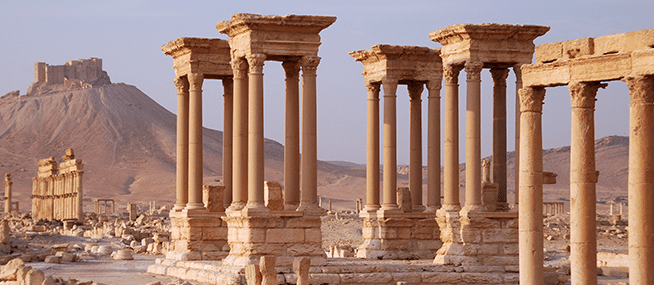Course Description
Course Main Takeways
-
LevelBeginner
-
Weekly Hours2 hrs
-
Duration9 Months
-
LanguageEnglish
-
AccreditationThis course is worth 3 credits at The Hebrew University of Jerusalem
During this course, students will learn Biblical Aramaic while studying ancient scriptures from the books of Daniel and Ezra, gaining a basic vocabulary and understanding of the ancient language.
Read MoreCourse Author

Ohad Cohen, Ph.D.
Dr. Ohad Cohen was a linguistics researcher at the Hebrew University of Jerusalem and he is now a Faculty Member at the Department of Hebrew…
Syllabus Summary
Full SyllabusThis course is accredited by the Hebrew University of Jerusalem
- We partnered with the Hebrew University of Jerusalem, one of the leading biblical research institutes in the world, to bring you a wealth of Biblical knowledge in courses developed by renowned scholars.
- Upon completion, you’ll receive a certificate of achievement from the Israel Institute of Biblical Studies signed by the dean of the faculty.
- We also offer an academic track, with 3 academic credits, which is recognized in universities worldwide. To hear more details and enroll in the academic track click here.
-
Online Forum
Ask questions any timeTeachers and students have open questions regarding course topics -
Access to recordings of your live lessonsMissed your live lesson? Don't worry, simply view the recording
-
Technical Support
available 24/7We are here to help you with any technical issue -
Extra Practice SessionsA weekly Q&A session in addition to the regular lesson












 Available on WhatsApp
Available on WhatsApp